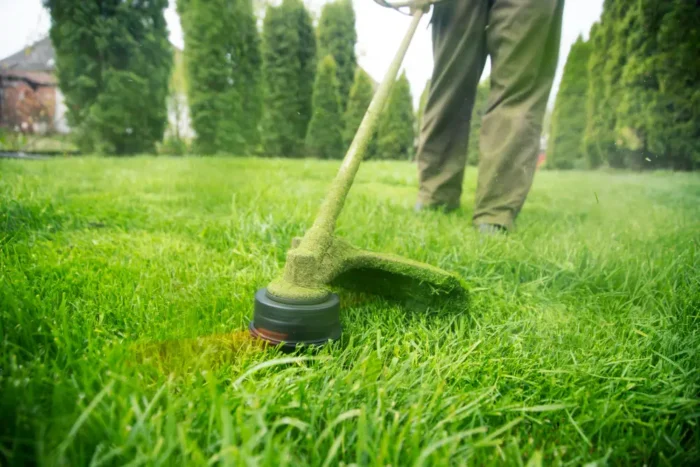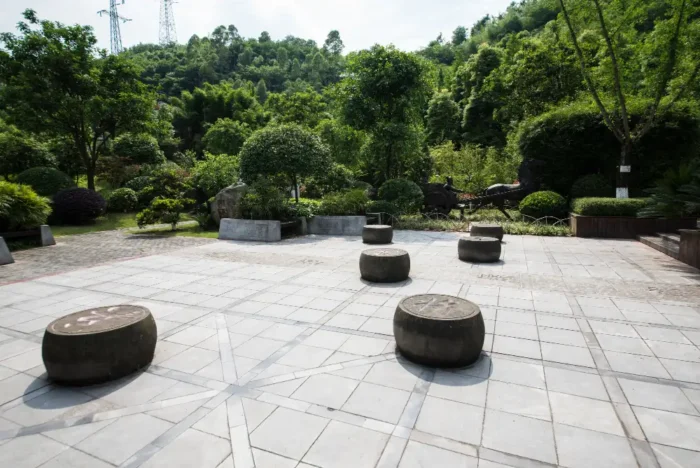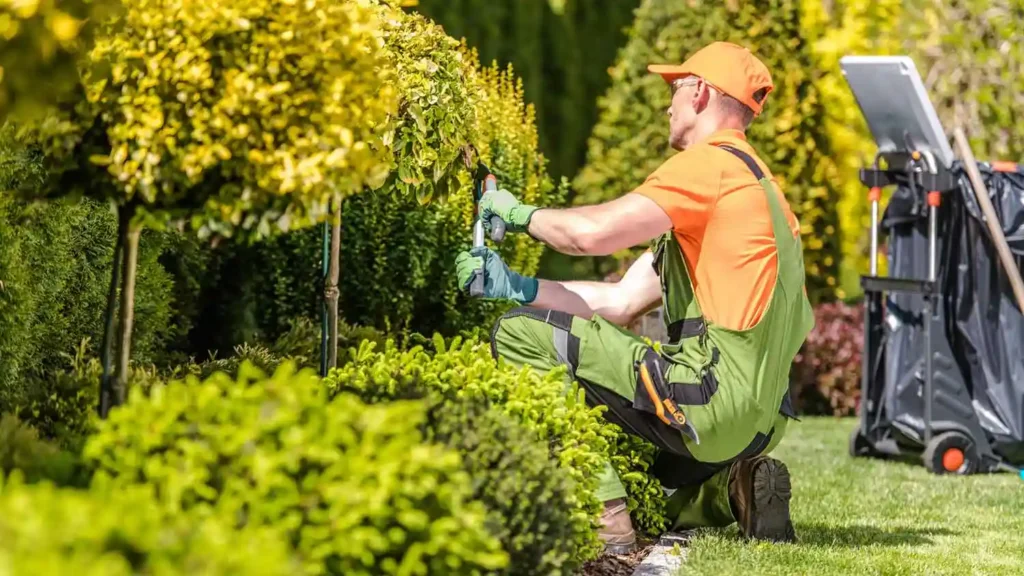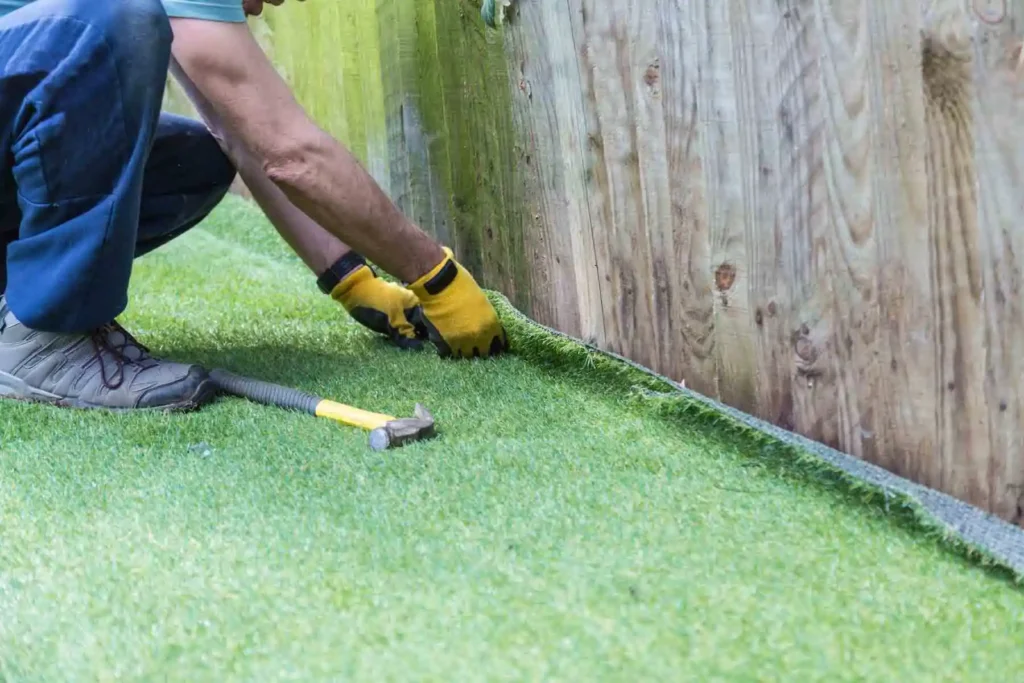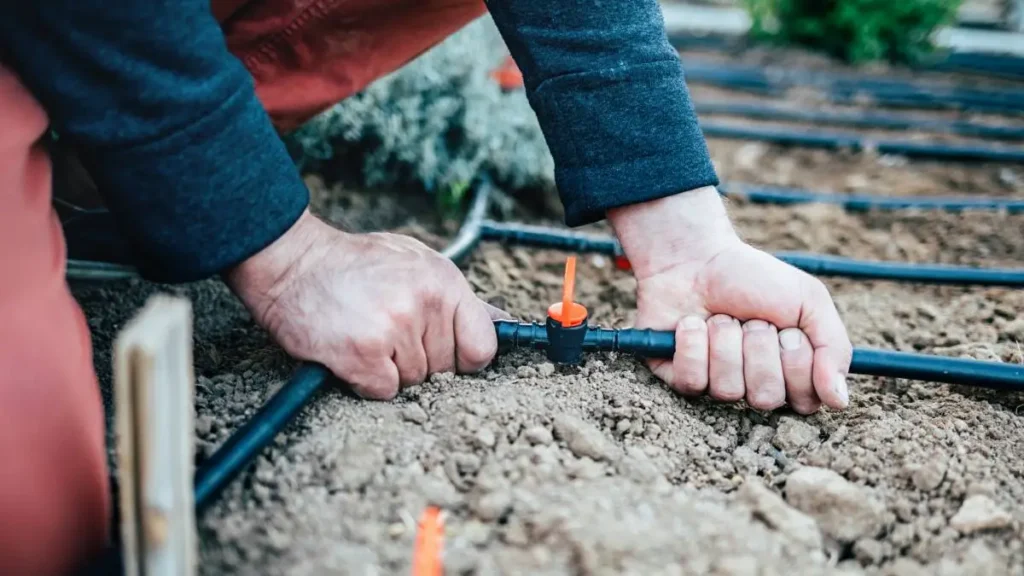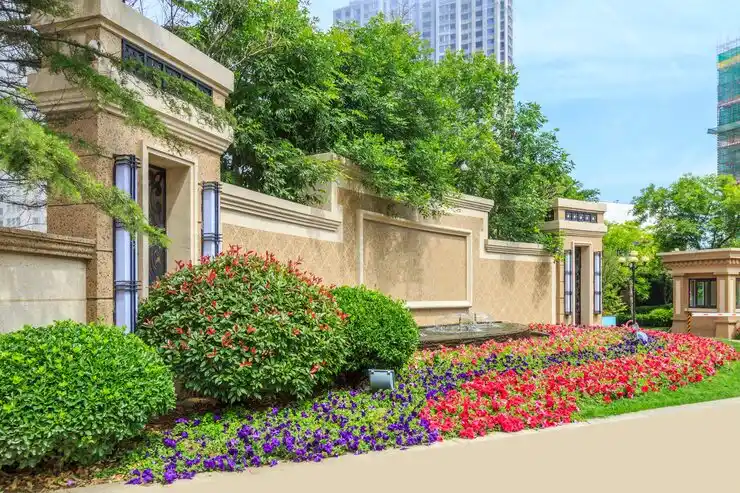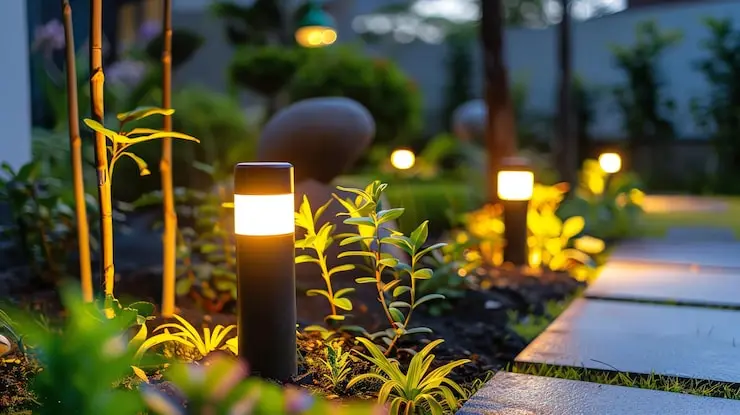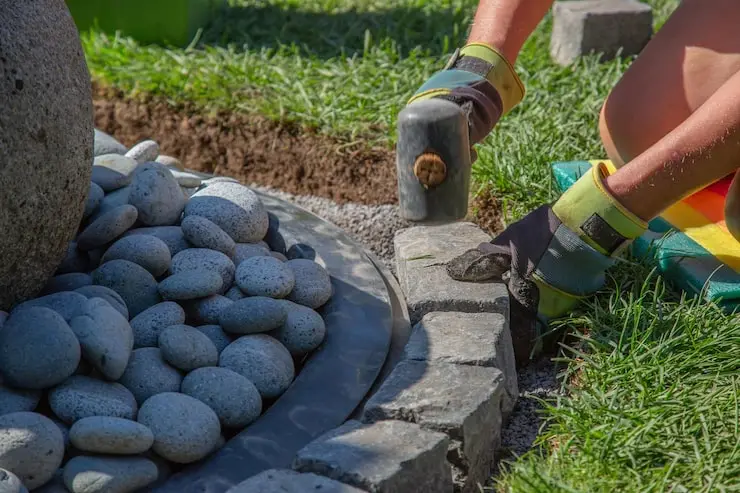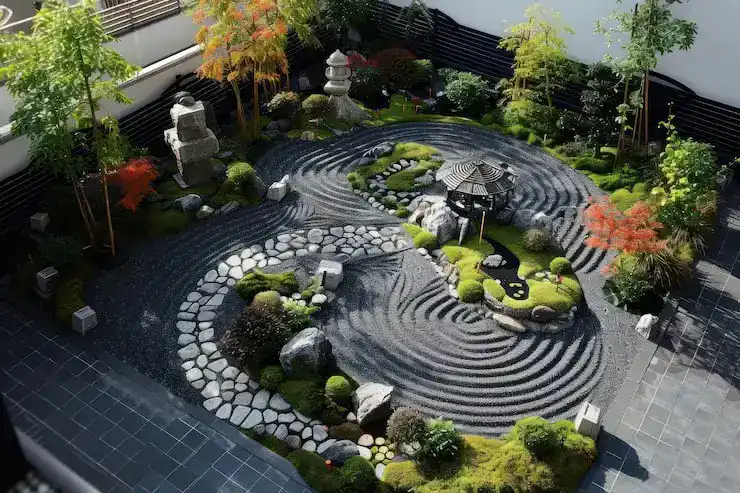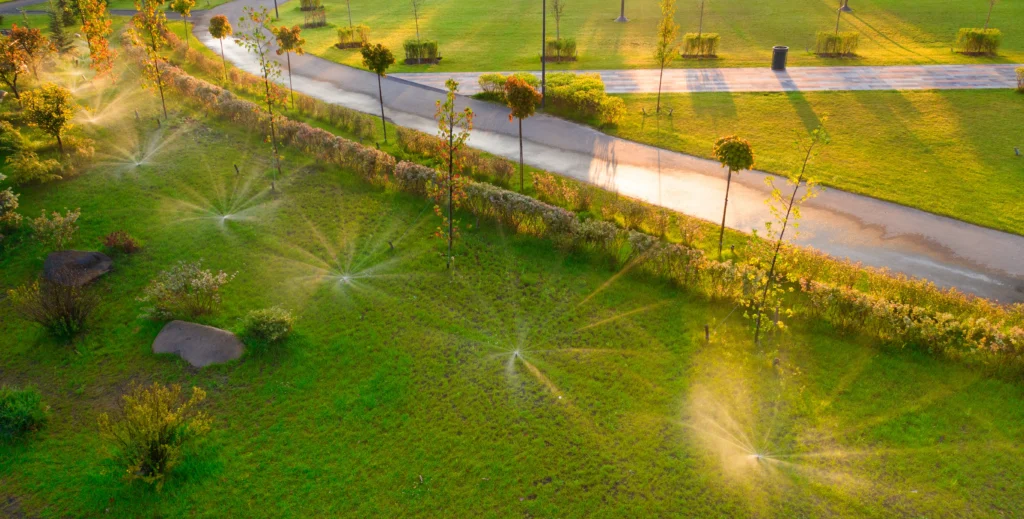Average Lawn Care Cost – What Homeowners Should Know
Understanding the average lawn care cost is important for any homeowner who wants a healthy, attractive yard without overspending. Prices may fluctuate considerably, since each yard has its distinct needs depending on its dimensions, arrangement, weather, and condition. ‘A small, well-cared-for yard may need nothing more than a basic cut, where others may need fertilizing, edging, aeration, and other services related to yard maintenance in their season.’ The climates in these regions could also be a factor, since yards in hotter and rainier climates could need much more maintenance. Some businesses may provide high-end services, possibly resulting in increased expenditures, and others may provide basic services on a lower scale. What Factors Influence Lawn Care Pricing? There are some variables that affect the cost that the homeowners are willing to pay. While some services cost the same, each yard has different needs. Size of the Lawn and Property Layout The first and foremost thing that affects the cost of lawn mowing services is the yard space. Larger yards necessarily mean longer working hours, fuel, and manpower. Areas ranging from 1,000-2,000 sq. ft. in smaller lawns could be completed in the blink of an eye, compared to larger lawns that include bigger open areas, slopes, and complex designs. Frequency of Service The more frequent the visits the company has on your property, the better the cost predictability. Considering weekly and bi-weekly services are always much cheaper on a visit basis, since they avoid the high overgrowths. On the other hand, lawns that are cut on a month-to-month basis may need increased labor, leading to increased costs. Condition of the Lawn In cases where the yard and the surroundings are well maintained, the process goes quite quickly. However, in instances where the grass in the yard needs cutting, has patches, or has numerous weeds, the process takes longer. Tall grass, weeds, and wet surfaces can also cause the cutting process to be slow. Typical Pricing for Common Lawn Care Services The services provided by professional companies in lawn maintenance include different types, and all cost in different ranges. The residents need to be aware of the service they are obtaining. Regular Mowing and Basic Maintenance The most common types of services provided by lawn care companies include weekly and bi-weekly cut services. The cut services usually include the edge work, the blowing of the walking surfaces, and making the yard nice and clean. Industry averages and some companies’ quotes are commonly used by homeowners in calculating the cost. Many people also compare different providers to understand the standard lawn service cost in their area before deciding. Specialized Lawn Treatments Aside from the usual cutting, there may be other services that need to be employed in order to sustain a healthy turf. These include fertilization, weed management, and other seasonal services that could help in making the turf better and in averting problems in the long run. Specialized services, using commercial-grade solutions and professionals, could ensure the correct application and provide long-lasting solutions in growing healthy and lush turf, particularly in areas where the seasons and soil conditions are severe. Seasonal or One-Time Cleanup Services The spring and autumn cleanups take longer since they also include leaf cleanups, tree branches, and other debris. These services may include leaf raking, tree pruning, clearing the beds, and preparing the lawn. The cost tends to be higher since the services involve longer periods. But the service offered has significant merits since it enhances the appearance and protects against the damage that might result from the weather conditions that occur during the stormy seasons. You may read How to Install a Lawn Irrigation System? How Much Should Homeowners Expect to Pay? The cost may fluctuate, although the average consumer typically falls within an expected cost range, depending on their location and the condition of their lawn. Breaking Down the Average Cost Ranges The greatest number of lawn mowing services range in the middle category, depending on the lawn size. Some clients might request the basic service, and others might request the full service that includes all the services, like trimming, edging, and clearing the debris. Many companies also share their lawn care mowing prices as part of their service list, helping customers estimate what they can expect before scheduling. Comparing Local Providers The cost incurred by lawn care services varies in relation to the experience, travel, crew, and equipment use. Large and reputable companies tend to charge higher compared to smaller and independent companies, and their services include those that the latter do not offer. Thus, the homeowner has the responsibility of researching and comparing different companies in the area. Evaluating Service Packages Some companies offer package deals. The deal reduces the cost. The services offered in the package include cutting, edging, pruning, and treatments. The customer gets a chance to save through the long contract. The companies can include the cost of the basic yard service in the list price. Providers may also list their standard lawn care service cost in brochures or online pricing guides to help customers choose the right package for their needs. What Is Worth Paying Extra For? While some yard services are needed on the property, others add long-term value. There may be some yard services that the homeowner wants, and the decision can remain up to the homeowner. Edging and Trimming Edging and trimming assist in sharpening the edges where the sidewalk, driveway, and flower beds are. These are some of the finishing touches needed in the yard in order to make the entire yard appear professionally landscaped. The edges and trimmings, in fact, may add some cost; however, they indeed make the yard appear much better. Precision Cutting and Premium Grass Care In some cases, lawns need specialty cuts. Some people need the ability to change the height setting. These upgrades are skilled work, and they need quality tools. Some areas also include extra costs when the yard has difficult-to-access areas or needs specialty tools. Homeowners sometimes reference
Average Lawn Care Cost – What Homeowners Should Know Read More »

